All eyes on Astra – TechCrunch
Hi folks, welcome back to Max Q. This week we have news on rockets both small (Astra’s Rocket 3.3) and very, very large (NASA’s Space Launch System). Plus further fallout from Russia’s invasion of Ukraine, and some funding news too.
Max Q is brought to you by me, Aria Alamalhodaei. Thoughts, comments and tips can be sent to [email protected]. You also can catch me on Twitter at @breadfrom. Let’s dive in.
Don’t forget to sign up to get the free newsletter version of Max Q delivered to your inbox.
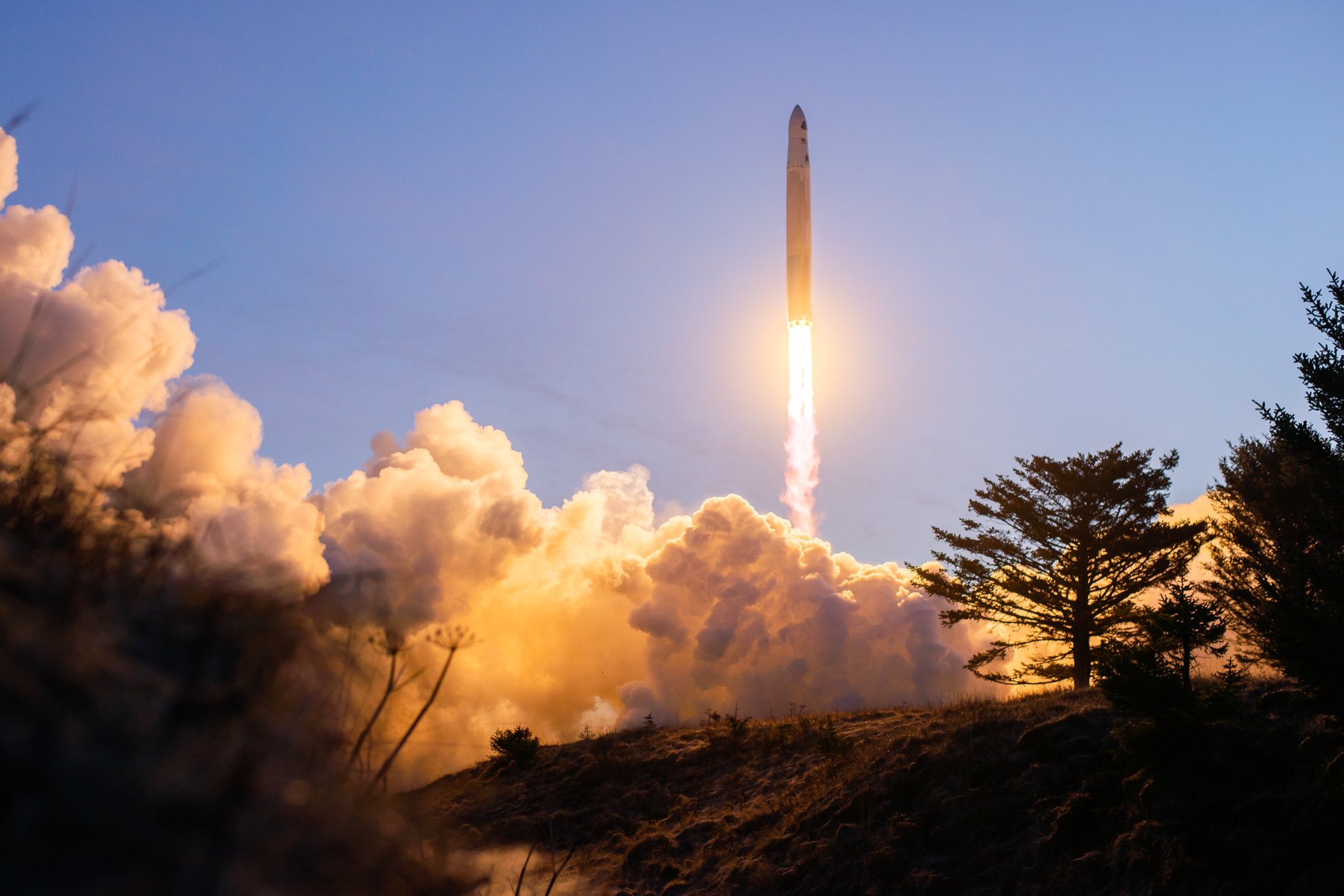
Image Credits: Astra (opens in a new window)
Space startup-turned-public company Astra scored a big win on Tuesday, deploying customer payloads to orbit for the first time.
The 43-foot tall rocket, designated LV0009, took off from Alaska’s Pacific Spaceport Complex shortly after 11:00 AM on Tuesday. It carried payloads for three Spaceflight Inc. customers, including a CubeSat for Portland State Aerospace Society and a sat-to-sat communications system for NearSpace Launch. The third customer was not announced.
The successful mission comes a little over one month after the Astra rocket designated LV0008 experienced complete loss of payload in the company’s first mission out of Cape Canaveral in Florida. Astra’s senior director of mission management and assurance, Andrew Griggs, said in a blog post published March 6 the team had identified and resolved the issues leading to the failure.
Astra went public via SPAC merger last July, joining a growing group of space companies to eschew a traditional IPO in the path to the public markets. The company reached orbit for the first time in November 2021, but it hadn’t been able to replicate that feat — until now.
Each success ups the ante for the launch company. It’s one thing to perform a feat once, or even twice. It’s quite another to do it over and over and over again. We’ll certainly be paying attention to the company’s fourth-quarter earnings announcement on March 31.
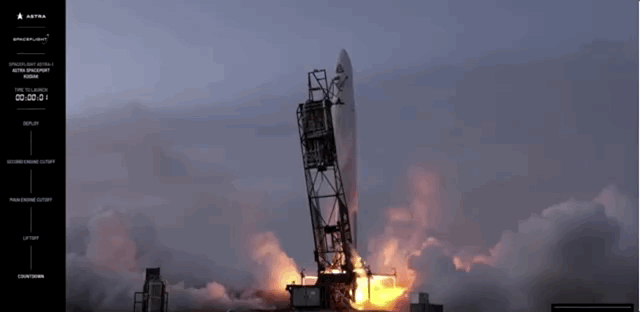
Image Credits: Astra
NASA’s super costly, super huge Space Launch System rolls out to launch pad
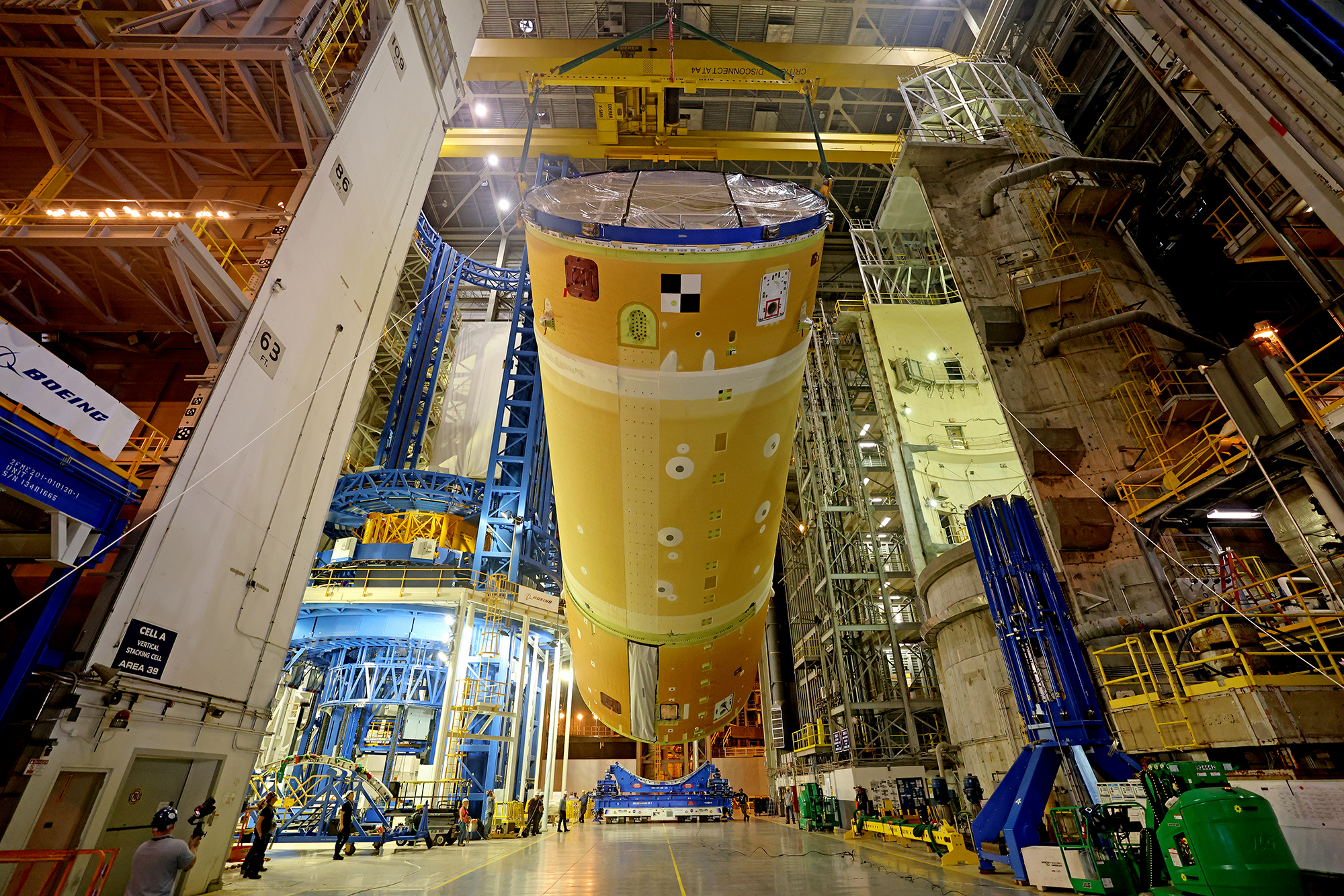
Image Credits: NASA/Michael DeMocker
Twelve years after it was first announced, NASA’s “mega Moon rocket” made its public debut. The integrated Space Launch System and Orion spacecraft was rolled out from the vehicle assembly building at Kennedy Space Center on Thursday, where it then made a nearly 11-hour procession to the launch pad. From there, it will undergo a number of tests to determine flight readiness, including the all-important “wet dress rehearsal,” when the launch system will be loaded with fuel and engineers will practice countdown.
NASA hasn’t set an exact date for SLS’s inaugural mission — Artemis 1, which will kick off the agency’s ambitious Artemis program to return humans to the moon — but it could be as early as this summer.
It’s been a long time coming. Congress directed NASA to develop SLS to replace the Space Shuttle, the agency’s original spaceflight workhorse, back in 2010. But ever since, the project has faced repeated setbacks and technical issues. A year ago, NASA’s Inspector General’s office issued a damning report on the costs and contracts associated with the SLS program, finding that “rising costs and delays” pushed the overall budget for the project far beyond the original scope.
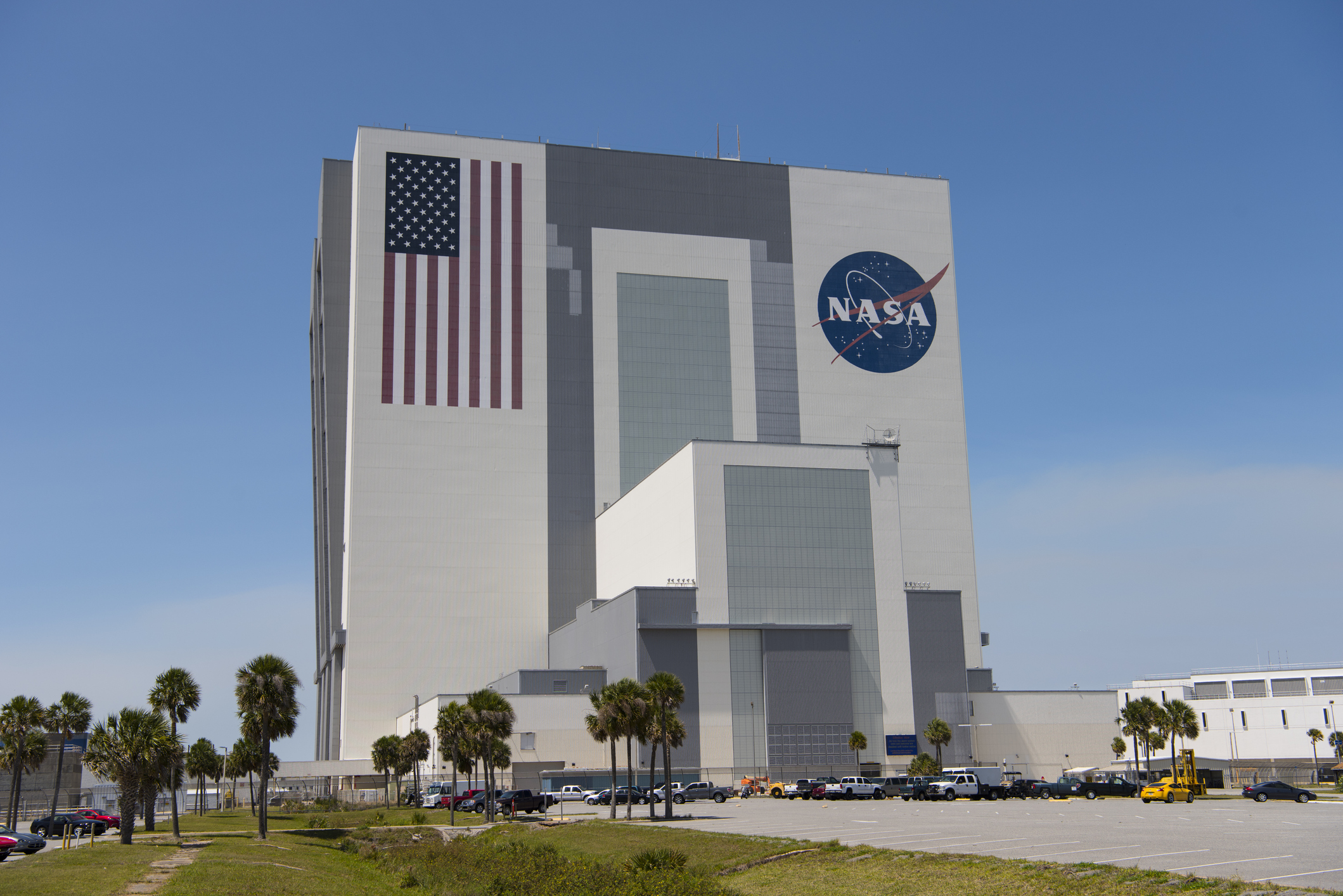
NASA’s very large Vehicle Assembly Building at the Kennedy Space Center, Florida, USA. Image Credits: nathanphoto / Getty Images
Russia’s invasion of Ukraine puts a halt to ExoMars
Russia’s war against Ukraine continues to reverberate across the space sector. This week, the European Space Agency voted to suspend its forthcoming Mars rover mission that was slated to launch this year aboard a Soyuz rocket. In light of the war in Ukraine, ESA members “acknowledged the present impossibility of carrying out the ongoing cooperation with Roscosmos” with respect to the ExoMars mission, the agency said.
An extraordinary session of ESA’s ruling Council has been called for April 6 to discuss possible alternatives for launch. This will be the first time Europe sends a rover to the red planet.
More news from TC and beyond
- Aquarian Space raised $650,000 in seed funding from VC firm Draper Associates to develop a communications system for the solar system, starting with the moon, SpaceNews reported.
- Astranis completed final testing for Arcturus, a MicroGEO satellite that will enter service later this year. The satellite should triple the state of Alaska’s satellite bandwidth and provide lower-cost broadband, the company said in a statement. Last year, Astranis raised a $250 million Series C which launched its valuation to $1.4 billion.
- Axiom Space, which is planning the first completely private astronaut mission to the International Space Station, released more details about the scientific experiments that will be conducted while the crew is aboard. One of the projects will explore “self-assembly methods for in-space construction.” Very cool.
- Blue Origin selected the next batch of passengers that will head to suborbital space on its New Shepard rocket. It includes angel investor Marty Allen, nonprofit founder Sharon Hagle, her husband and Tricor CEO Marc Hagle, entrepreneur Jim Kitchen and Commercial Space Technologies founder Dr. George Nield. Saturday Night Live’s Pete Davidson was also going to join the crew, but Blue Origin later said he’d no longer be flying.
- Celestia Aerospace, a launch solutions startup, closed a €100 million ($109.5 million) seed round financed by Invema Group. With the funds, Celestia is opening a nanosat production center and a development center for its launch system, Sagittarius.
- The James Webb Space Telescope, NASA’s deep space infrared telescope, completed key optical alignment steps that have the agency’s scientists expecting it will meet or even exceed performance expectations.
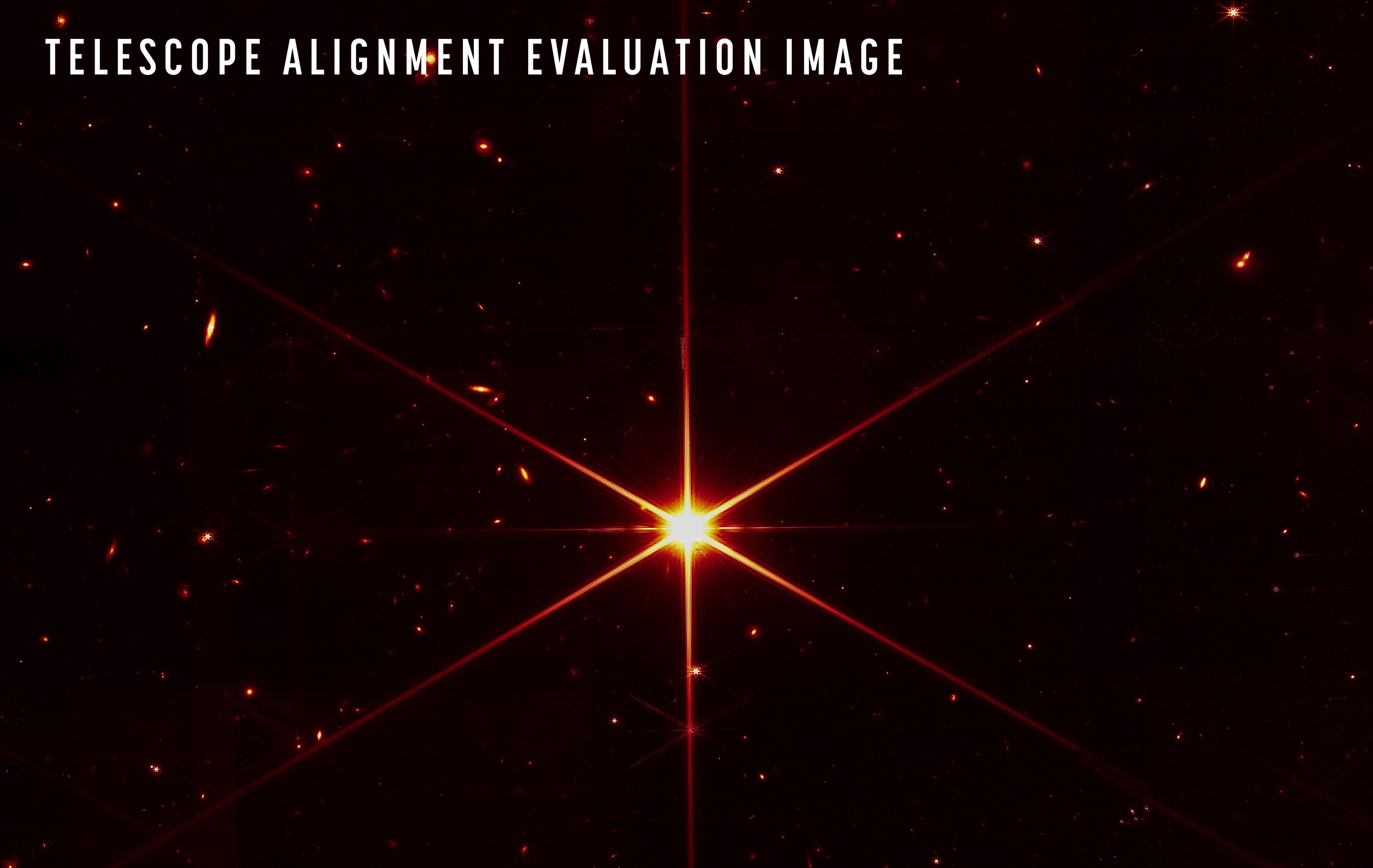
The JWST focused on the bright star at the image center to evaluate the alignment of its 18 mirrors. Image Credits: NASA (opens in a new window)
- Sierra Space and Mitsubishi Heavy Industries signed an MOU to collaborate on technologies that could eventually be used on Orbital Reef, a commercial space station being developed by Sierra, Blue Origin, Boeing and Redwire Space.
- SpaceX sent another batch of Starlink terminals to Ukraine, the country’s Vice Prime Minister and Minister of Digital Transformation said on Twitter.
- Terran Orbital, a contract manufacturer that designs, builds and engineers satellites, was awarded a contract by Lockheed Martin to build 42 satellites for the Space Development Agency.
- Virgin Orbit signed a letter of intent with the Polish Space Agency conveying the agency’s “strong interest in bringing a domestic launch capability to Poland” with Virgin’s LauncherOne rocket.
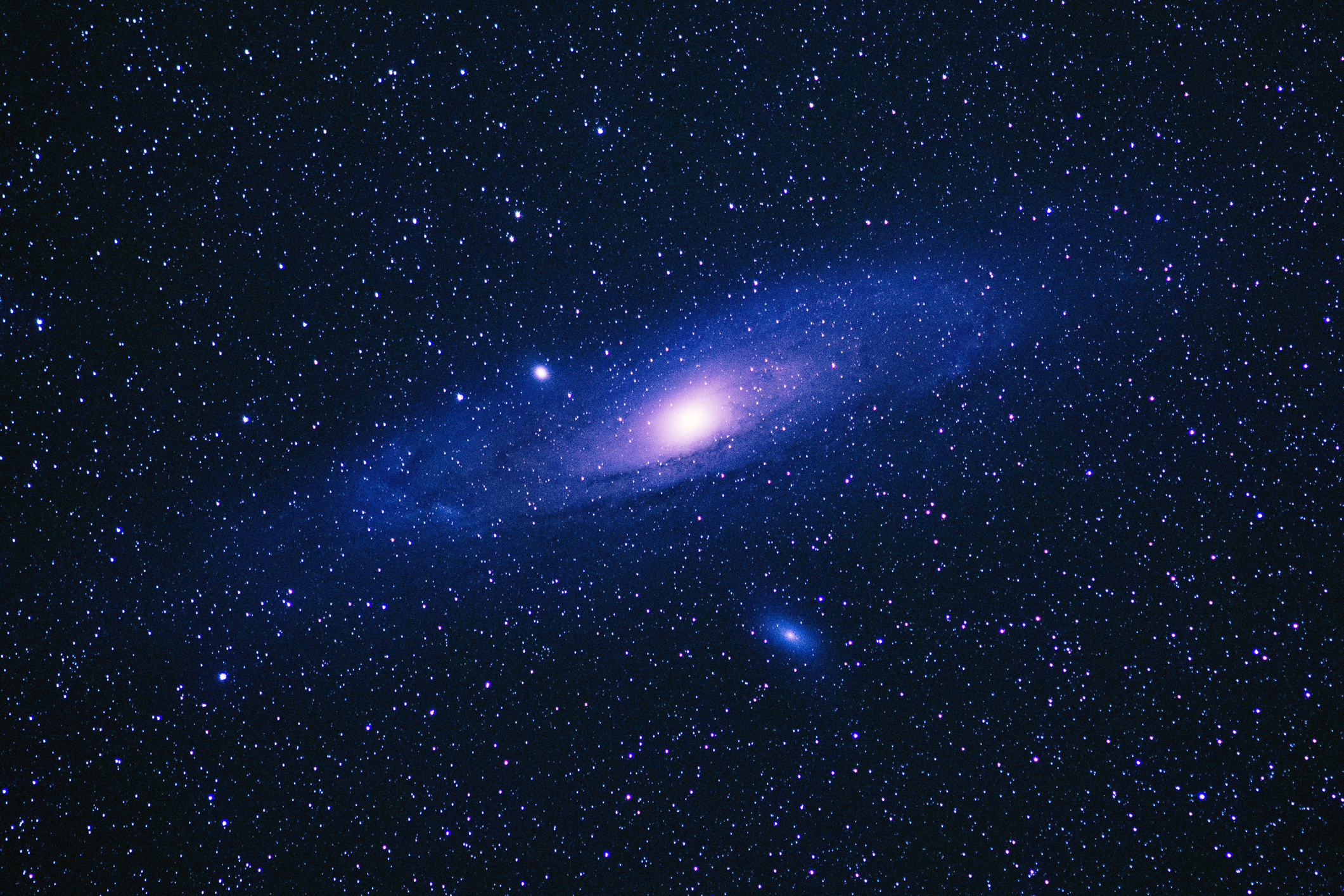
The Andromeda galaxy imaged from the White Mountains of California. Image Credits: Tony Rowell / Getty Images

Pingback: 보증업체
Pingback: browse this site
Pingback: beautiful girls
Pingback: สล็อตออนไลน์เกาหลี